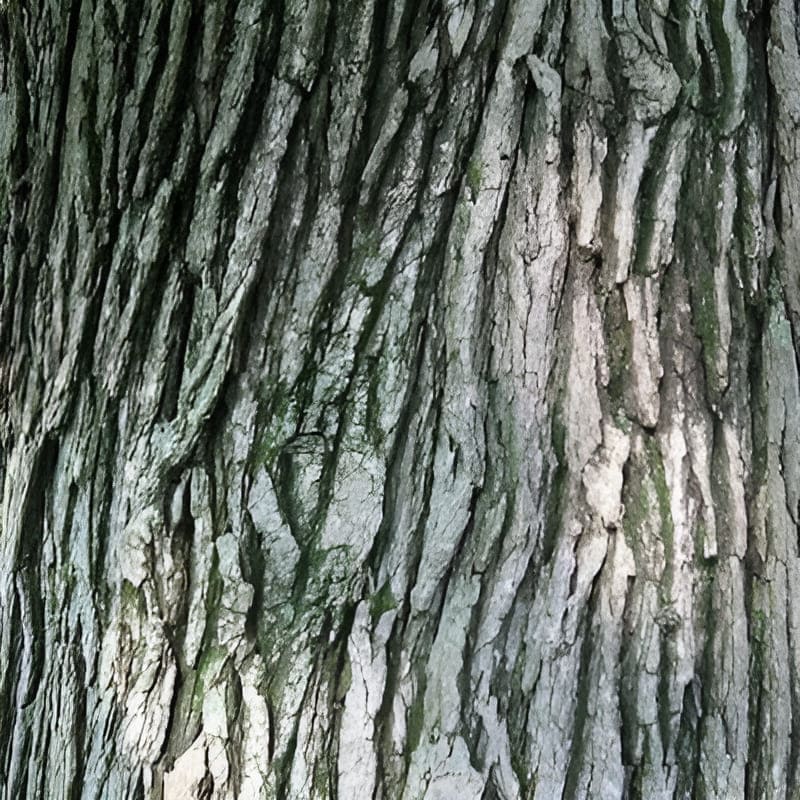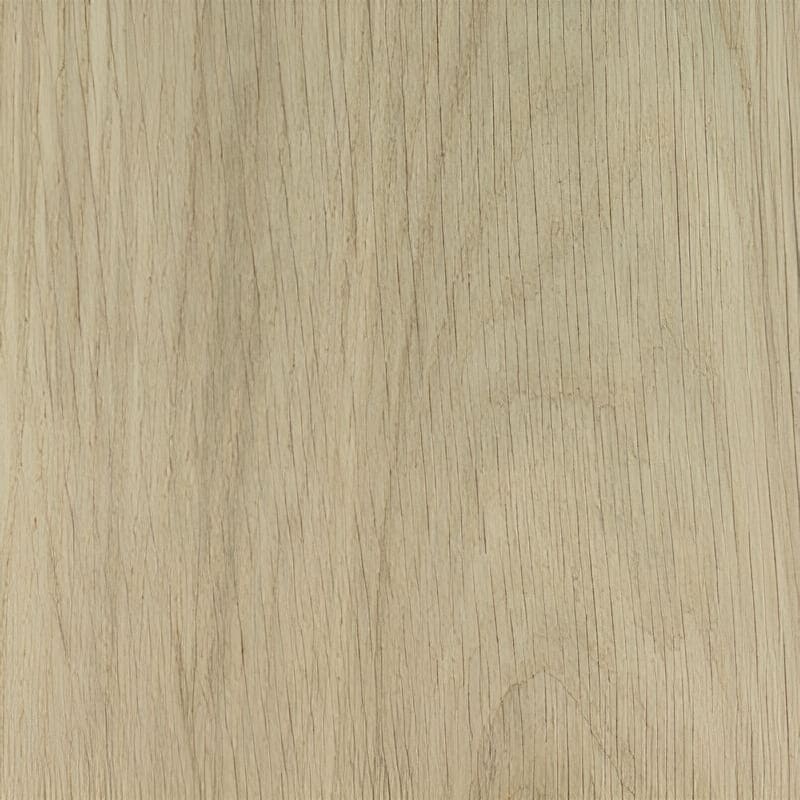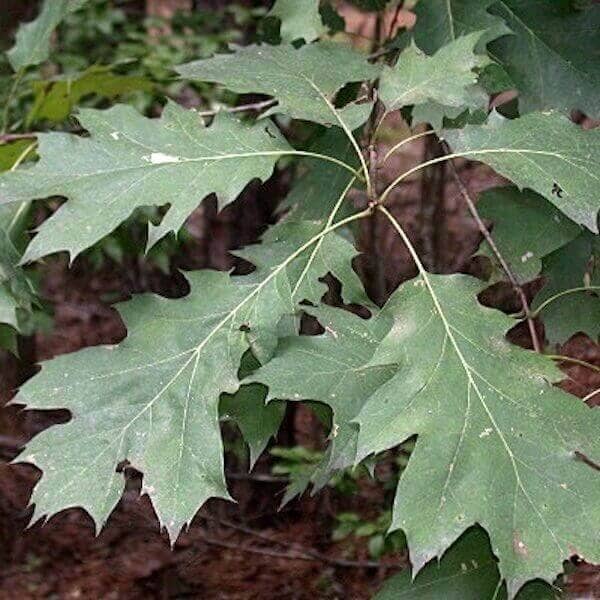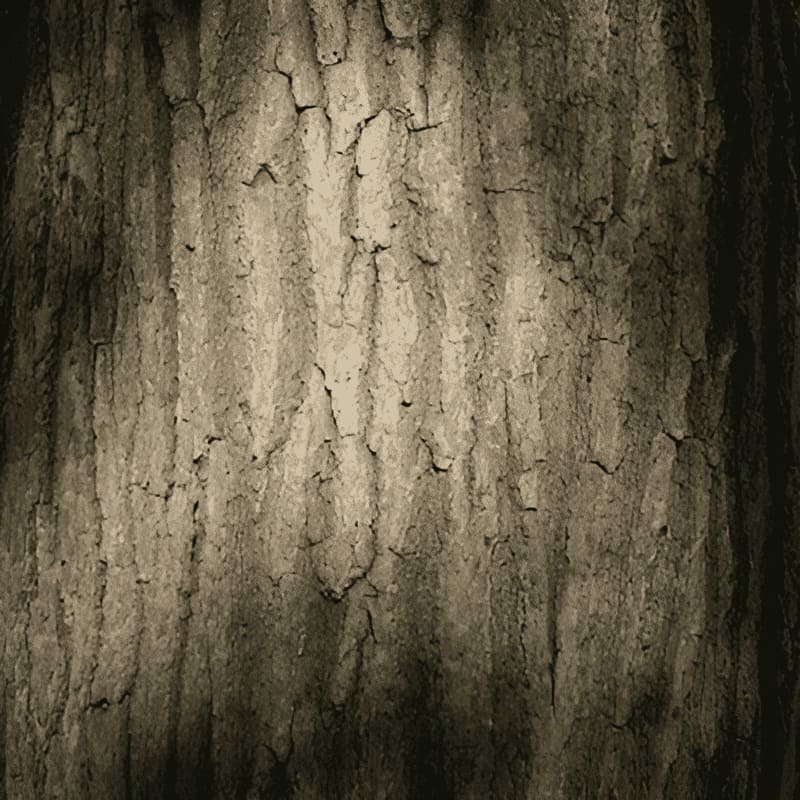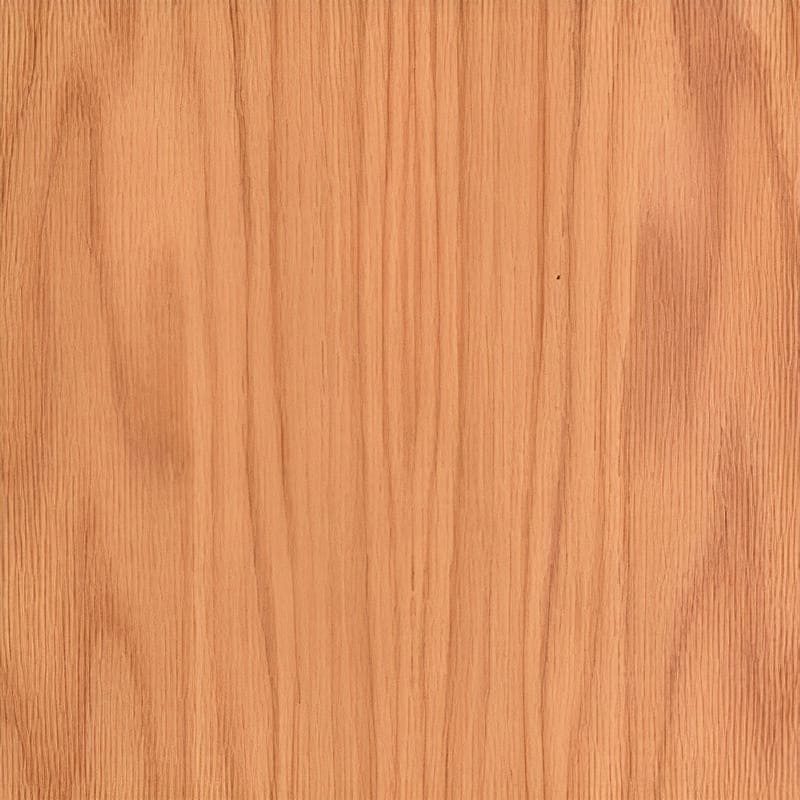Softwoods
A forest is a carbon bank, every tree a deposit.
Oak trees, belonging to the genus Quercus, are a diverse group of deciduous and evergreen trees known for their lobed leaves and acorns. Found across the Northern Hemisphere, including North America, Europe, and Asia, oak trees play a vital role in ecosystems and industries.
Out of approximately 50 oak varieties in North America, only two—White Oak and Red Oak—have significant commercial value. Due to limited supply, other oaks like Black Oak are often used for veneer and timber. Bur, Swamp, Pin, and California Oaks are mainly grown as landscape trees or left to grow wild in their native regions.
Innovative farming techniques like Crop Circle Tree Plantations offer enterprising farmers a lucrative opportunity to grow oak trees faster and more efficiently. By using geometric tree patterns, these plantations harness magnified earth energy fields to accelerate growth by 10–20%, shortening harvest cycles from 40 years to around 30 years without compromising wood quality.
White oak (Quercus alba) is widely regarded as the most valuable oak species due to its exceptional strength, durability, and attractive light-to-dark brown grain. Its versatility across industries and high market demand make it a lucrative option for plantation investors. Key applications of white oak include:
Planting white oak can yield long-term financial returns for investors. Here are key reasons why white oak plantations are a profitable venture:
To maximize returns and ensure sustainable growth, consider the following strategies:
With increasing demand for sustainable wood products and white oak's premium quality, the global market for white oak timber is expected to grow. Plantation investors can capitalize on its broad application in construction, furniture, and specialty industries such as wine and whiskey cooperage. By adopting sustainable plantation practices and targeting high-demand sectors, investors can secure significant long-term returns from white oak plantations.
White oak sawlogs, branch clear and 10 feet in length are the most valuable. And typically sold for veneer. Twenty-to-thirty-foot clear branch sawlogs are worth a small fortune, often sold as one solid piece timber to be milled overseas where it is shipped with other long length timber in an intermodal container.
Given the right growing conditions, white oak trees are one of the fastest growing of all oaks. In a landscape setting, white oak trees are popular as shade trees because of their broad, spreading crowns. In a plantation, white oak trees will grow into marketable timber quite rapidly often surpassing growth rates of other hardwoods. Arranging trees in spiraling patterns will grow oak trees even faster.
Red oak (Quercus rubra) is a versatile hardwood tree native to eastern North America and is often used as a substitute when white oak is unavailable, particularly for wide-plank flooring and large dimensional lumber. Due to its strength, durability, and availability, red oak remains a staple for woodworkers and construction industries. However, maintaining a steady supply of red oak can be a challenge, prompting tree farmers to consider best practices for cultivation and sustainability.
For tree farmers, red oak cultivation can be a rewarding investment. Below are essential tips to ensure healthy growth and maximize yields:
Red oak presents significant commercial opportunities for tree farmers:
By focusing on sustainable practices and understanding market demands, tree farmers can position themselves to capitalize on the enduring popularity of red oak wood.
Oak trees, including both red oak and white oak varieties, thrive in their native growing areas, which are predominantly located in the Eastern United States. States such as Tennessee and Kentucky are particularly well-suited for oak growth due to their favorable climate and soil conditions.
While native to Eastern North America, red and white oak trees can also be successfully cultivated in specific microclimate regions of the Western United States and Canada. Notable areas include the coastal interior province of British Columbia and Washington State. These regions have seen an increase in oak cultivation, with many landscape oaks now thriving in these climates.
By expanding oak tree cultivation to diverse growing zones, these majestic trees can continue to enhance landscapes and ecosystems across North America.
Often used as a wood substitute for red oak, black oak is a small to medium sized tree that prefers to grow on poor soiled hillsides instead of valleys where the bigger and faster growing white and red oaks grow. It is sometimes called yellow oak (in Kentucky), yellowbark oak (in Tennessee), or smoothbark oak (in Georgia) depending on what State it is found. Black oak is also used as a land reclamation tree to attract wildlife and rebuild ecosystems.
There are several species of oak trees that are commonly referred to as "black oak" due to the dark bark of their trunks. Some of the most common species include:
Swamp Oak thrives in wet, lowland areas alongside other "root wet" hardwoods like basswood, cherry, and elm. While it resembles White Oak in grain and color, Swamp Oak has limited commercial value due to its twisted trunk and branchy growth habit. However, its unique appearance makes it a popular choice for landscaping, particularly along highways, in parks, and on golf courses.
The term "Swamp Oak" refers to several oak species that grow in wetland habitats. Key species include:
Swamp Oak wood is highly valued for its:
Swamp Oaks play a vital ecological role in wetlands such as swamps, bogs, and floodplains. They provide:
Despite their importance, Swamp Oaks face threats from habitat loss due to wetland drainage and development. Conservation efforts are critical to protect these habitats and ensure the survival of Swamp Oak populations and their associated ecosystems.
Swamp Oak combines ecological significance with practical uses, making it a valuable tree for both natural habitats and specialized wood applications. Its unique twisted appearance and durable wood continue to serve various industries while adding aesthetic value to landscapes.
Pin oak (Quercus palustris) is a popular landscape tree due to its adaptability to a wide range of soil types and climates. Its attractive appearance and rapid growth make it a favorite choice for residential and public landscapes. Pin oak is easily identified by its lower branches that droop toward the ground, giving it a distinctive silhouette. However, this branching habit reduces its commercial value as a timber species, as it creates grade defects in sawlogs used for milling lumber.
Native to the eastern United States, pin oak has several unique characteristics:
Despite its limited commercial timber value, pin oak wood is highly regarded for its strength, durability, and aesthetic appeal. Its light-colored grain pattern makes it a sought-after material for flooring, furniture, and cabinetry.
In addition to its timber uses, pin oak is widely valued as a landscape tree. Its attractive shape, vibrant fall colors, and fast growth rate make it a popular choice for parks, golf courses, and residential areas. Whether as a shade tree or an ornamental feature, pin oak is a versatile and resilient species that enhances both urban and natural landscapes.
Bur oak is a full sun landscape tree that can grow quite large with large spreading branches. Bur oak is the perfect shade tree. Like the pin oak, bur oak has little commercial timber value due to its branching almost the entire length of its trunk. Bur oak may become an important tree for agroforestry for its ability to attract wildlife, spawn edible plants like fiddlehead fern and provide edible acorns.
Bur oak, also known as Quercus macrocarpa, is a species of oak tree that is native to North America. Some of the distinctive characteristics of bur oak include:
The name California Oak suggested that there is only one type of oak in the state but in reality there are nine; Blue Oak that grows primarily in the foothills - Canyon Live Oak growing in the canyons as the name suggests - Coast Live Oak that grows up and down the foggy coast - Mesa Oak found at the northern tip of the State - Interior Live Oak found in the Sacramento Valley - the famous Island Oak of the California Channel Islands - Oregon Oak near the Oregon State border - Shrives Oak growing near the Coast and Valley Oaks found in and around L.A. None of the California Oaks have commercial timber or landscape value.
In addition to its value as a timber species, California oak is also widely used as a landscape tree due to its attractive shape, drought tolerance, and ability to provide shade. It is commonly planted in parks, golf courses, and other public spaces, as well as in residential landscapes.
From maple to oak, hardwoods whisper of centuries past, their slow growth a testament to patience and value over time.
Partner with us in a land management project to repurpose agricultural lands into appreciating tree assets. We have partnered with growingtogive.org, a 501c3 nonprofit, to create tree planting partnerships with land donors.
We have partnered with growingtogive.org, a Washington State nonprofit to create a land and tree partnership program that repurposes agricultural land into appreciating tree assets.
The program utilizes privately owned land to plant trees that would benefit both the landowner and the environment.
If you have 100 acres or more of flat, fallow farmland and would like to plant trees, then we would like to talk to you. There are no costs to enter the program. You own the land; you own the trees we plant for free and there are no restrictions; you can sell or transfer the land with the trees anytime.
Copyright © All rights reserved Tree Plantation

